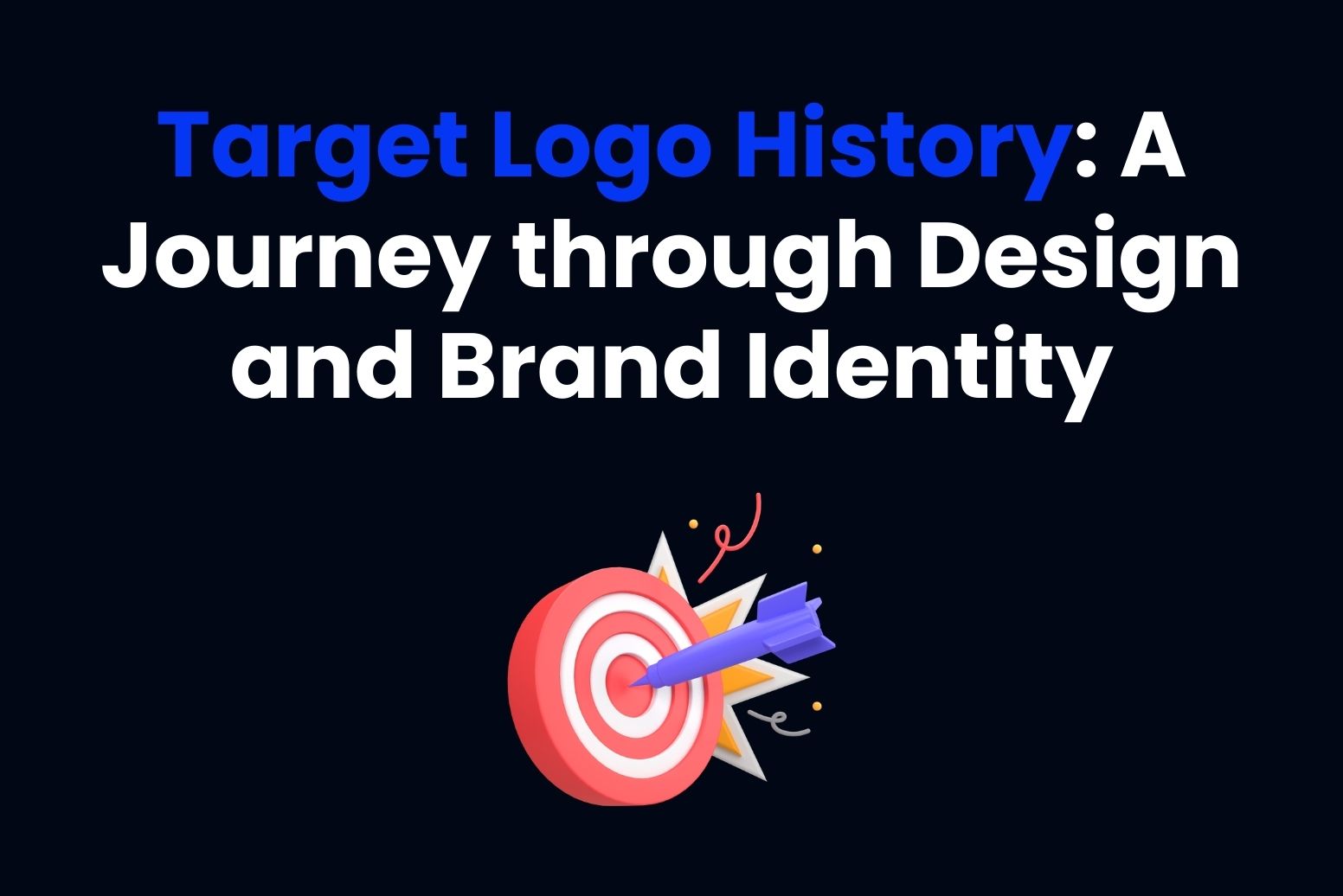The Target Corporation began in 1962 as an idea of George Dayton and grew into one of the largest, most successful retail chains in the United States. Target is identified with the quality of the selection of goods that are available to the public for affordable prices. With a commitment to style and innovation. One thing which has characterized Target logo history, in continuous branding success during years, has been its logo. This article is a talk on how the Target logo has evolved with its history. And changes in its design and what it has made Target to be.
Part 1: The Birth of the Target Logo (1962)
The story of Target’s logo begins with the founding of the company itself. It was early in the 1960s that the company started preparing to open the very first Target store. It realize that it would need to design a very specific and recognizable logo to sell American consumers. A simple logo should be easily remembered, the thought process of Target logo history. So let’s look at that first logo created by the firm and see its foundational position within the corporation.
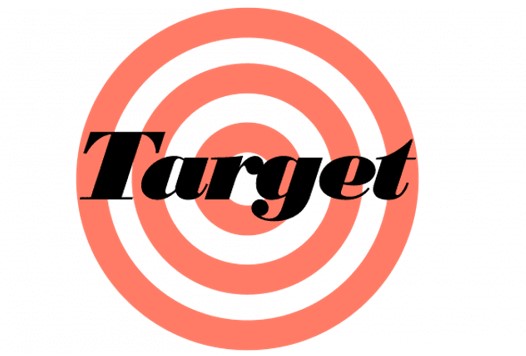
The Founding of Target and the Need for a Logo
When George Dayton opened the first Target store in Roseville, Minnesota, in 1962, the company needed to differentiate itself from other discount retailers. A very important step in building this new brand was the creation of a logo. That would be recognizable and convey the store’s core message of affordability, quality, and customer-centric service.
Description of the Original Logo Design
The classic bullseye Target logo history is bold red on the outside, white in the middle, and a red dot at the center. It is simple yet very powerful because it uses the universal symbol of a target. It remind everyone that the company aims to hit the mark by delivering value to customers. The design is simple, and hence it reproduce in all types of media and formats. This way, it is bound to stand out in every situation and reach the shopper.
The Thought Process Behind Choosing the Red and White Bullseye
The choice of red and white was not a matter of chance. The color red has been used because it has long been associated with energy, excitement, and action. White was used to provide contrast and keep things clear. The bull’s-eye itself was a representation of precision, focus, and the concept of targeting the best products at affordable prices. This color combination and imagery were to be simple, memorable, and immediately recognizable to the consumer.
Part 2: Logo Refinements in the 1970s
During the early 1970s, when Target logo history was opening its stores rapidly throughout the country, changes were also starting to happen in the worlds of retail and branding design. In response to growing interest in minimalism, Target updated its logo to fit modern tastes. Here’s how it transformed the original logo into something more streamlined and fitting for the era.
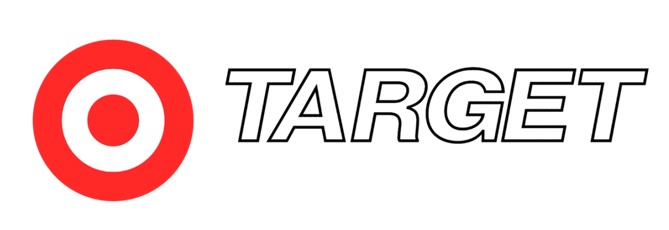
Transition to a More Minimalist Bullseye Design
In the 1970s, Target logo history decided to change its logo as part of an overall rebranding strategy and chose a very minimalist design for the logo. The bullseye was minimized by using thinner lines with no detail extraneous to its purpose. In general, broader design trends tended to favor clean and streamlined visual looks. While retaining the colors red and white, the modern and ageless look was updated.
Reasons for the Simplification of the Logo
There were various reasons for the simplification of the logo. First, the company wanted to keep up with the changing visual culture, in which minimalist and functional designs were coming into vogue. Second, as Target entered new markets, the brand required a logo that would be easy to recognize and work well in different media and locations.
How the Public Responded to the Changes
Though some customers reacted in mixed response, the public responded immediately to the new logo. A minimalist bullseye, for example, became fresher than a design which depicted a rather intricate bullseye. As part of a changing retail landscape for the 1970s-a space more concerned with less and elegance-the logo gained its value with time and now represents a place of Target innovation and modernity, allowing it to remain the most creative outlet in the industry.
Part 3: Embracing Modernity (1989–2006)
By entering the 1990s, Target was ready to take a stronger branding approach. The logo developed significantly in the period by smoothing out much of its earlier detail to achieve a more modern minimalist look. From this point onwards, Target logo history transformed into a different generation both for its visual identity as well as advertising strategy.
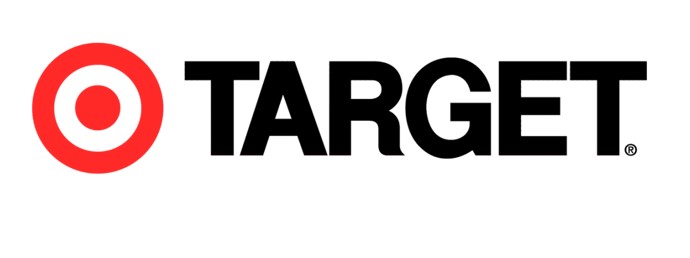
Introduction of the Red-Only Bullseye
In 1989, Target introduced a new version of the logo with a single red bullseye, without the white inner circle. This simplification further reduced visual clutter and focused entirely on the striking red target, which became the sole element of the logo. The removal of the white circle marked a bold departure from previous iterations and made the logo even more recognizable and iconic.
Significance of the Removal of the Word “Target” from the Logo
Perhaps the most significant event of this period was the total removal of the word “Target” from the logo. Now, it was a natural phenomenon since Target logo history had reached an entity that its name did not need to appear along with the logo. The bullseye alone had become sufficient enough to signify the brand as an identity. The logo was so unique that it did not even require any textural support.
Impact of This Era’s Logo on Advertising Campaigns and Store Branding
This single red bullseye marked significant developments in Target’s advertising campaigns and branding store. This logo seriously made heavy in-store signage, packaging, and advertising emphasize how Target was young, cool, and yet friendly and welcoming. Being simple but bold gave the image prominence when displayed on television and radio spots as well as through all manner of print advertising, as the many forms made greater room for playfulness in expression.
Part 4: The Target Logo in the Digital Age (2018–Present)
Here, in this section we discuss how in the digital arena that logo of Target evolved or adapted to age for the newer age, staying relevant and efficacious across each and every different medium.
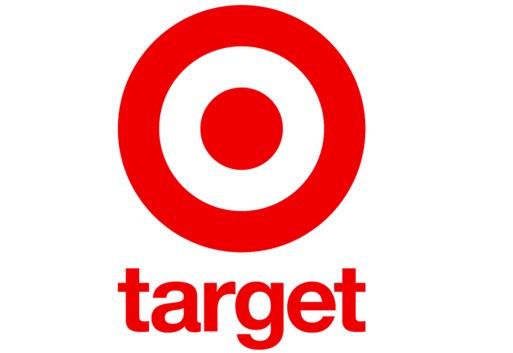
Adaptation of the Logo for Digital Platforms
The Target logo, though consistent in its initial design, had to be adapted to fit the demand of the digital world. Online shopping and digital marketing are at the center of such a world. Target logo history, made sure that the clarity and readability of the logo were maintained across a range of digital devices and screen sizes.
Slight Design Tweaks for Better Scalability and Visibility
Considering mobile devices and smaller screens, Target’s logo had a few design alterations in order to make it readable on the digital device. It was designed to be readable at large sizes and small sizes- like on the app of a smartphone or in the banner of a website. The simplicity of the logo facilitated its readability at any resolution without losing identity.
Role of the Bullseye in Creating a Cohesive Digital and Physical Brand Presence
One of the key indicators of the Target brand is its bullseye. To the digital generation, this sign has become a stereotype that portrays the brand of Target across its physical and digital domains. This way, the same sign applied in its digital marketing allows Target logo history to develop an overall brand presense, which is smoother than ever before, allowing consumers to recognize it on physical stores compared to its online platforms.
Part 5: Use of Arvin AI for Logo Design Enthusiasts
This section presents Arvin AI as a valuable resource for logo design beginners and professionals who want to create logos from scratch. Arvin AI is the newest logo design tool that employs Artificial Intelligence to help people design the logos of their choice. Through Arvin AI, we are equipped to help you with several services that enable the design process as an entrepreneurship, small business, or individual defines their brand. As for the design and the overall usability of the website, one will discover different tools in designs to create the logo according to one’s preference.
Key Features of Arvin AI
- AI-Powered Logo Design Suggestions: It gives ideas for the design of logo with the business name and style as per your choice.
- Customization Options: It enables users to change the color, font, and layout according to their brand identity.
- High-Resolution Downloads: It allows downloading files in high resolutions that use on either printed or digital media.
- Competitive Pricing Plans: The Company offers very affordable pricing plans that allow anyone to access professional logo design regardless of budget.
- Free Trial Available: This platform allows the user to experience the service before signing up with a free trial.
Steps to Use Arvin AI for making Logo
Step 1: Create an account and log in on Arvin AI
Visit the website of Arvin AI, open an account, and log in for the logo design feature.
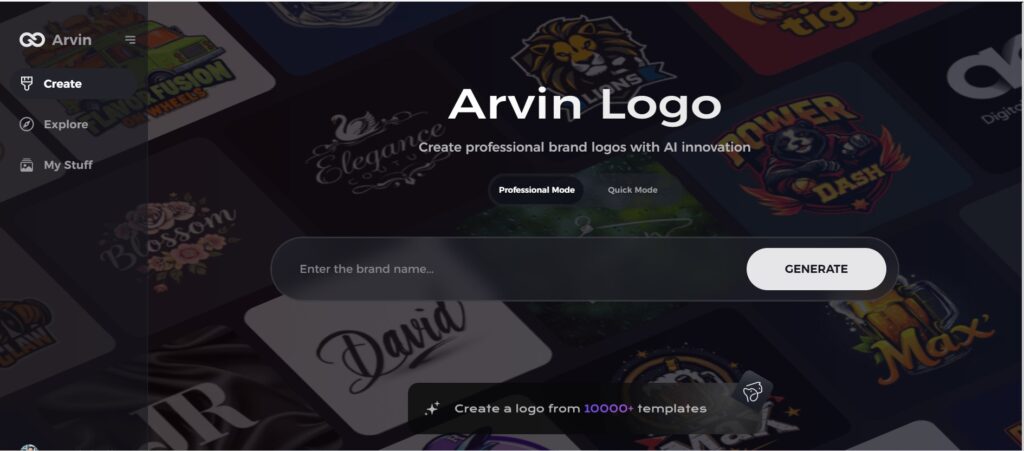
Step 2: Input your brand information and preferences
Input your brand name, slogan, and industry. Specify all your design preferences, which may include font styles or images themes.
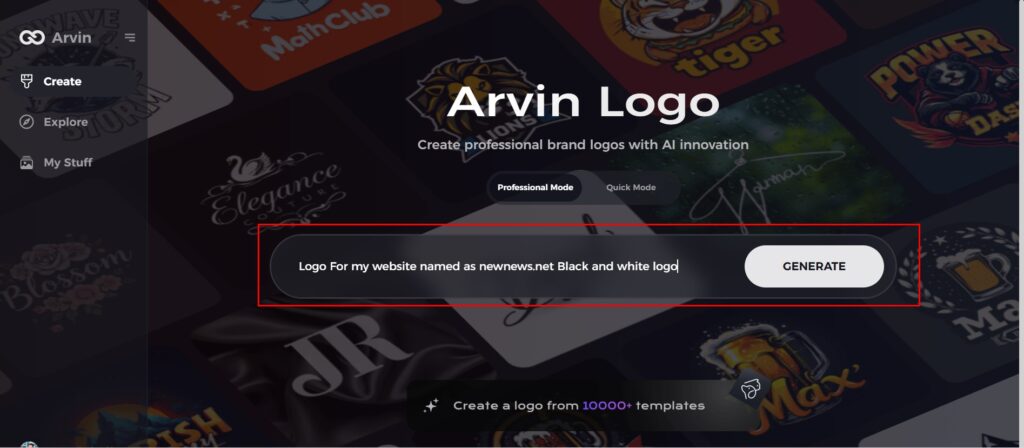
Step 3: Pick your industry:
Now select your industry related to your niche. This will help the AI generate logo styles and types that better suit your preferences.
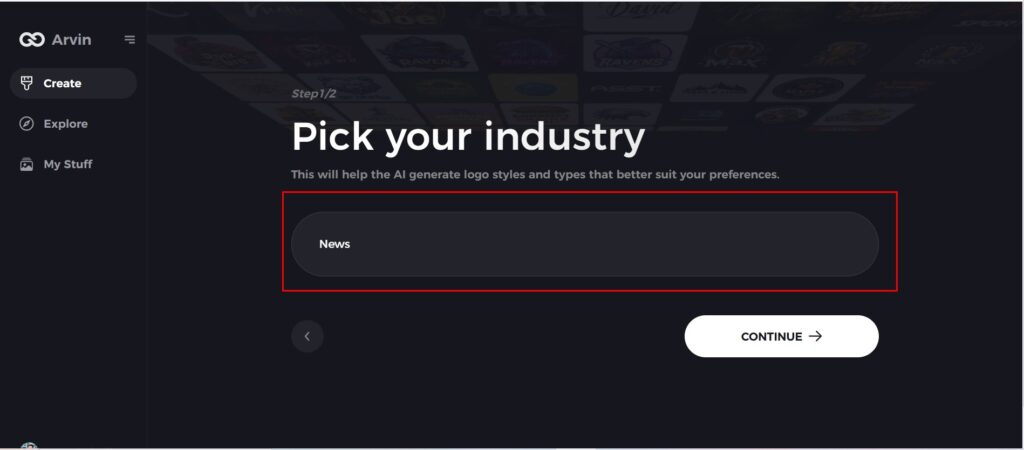
Step 4: Select Style:
Now select a style which you would like and continue. This will serve as inspiration to create your preferred logo.
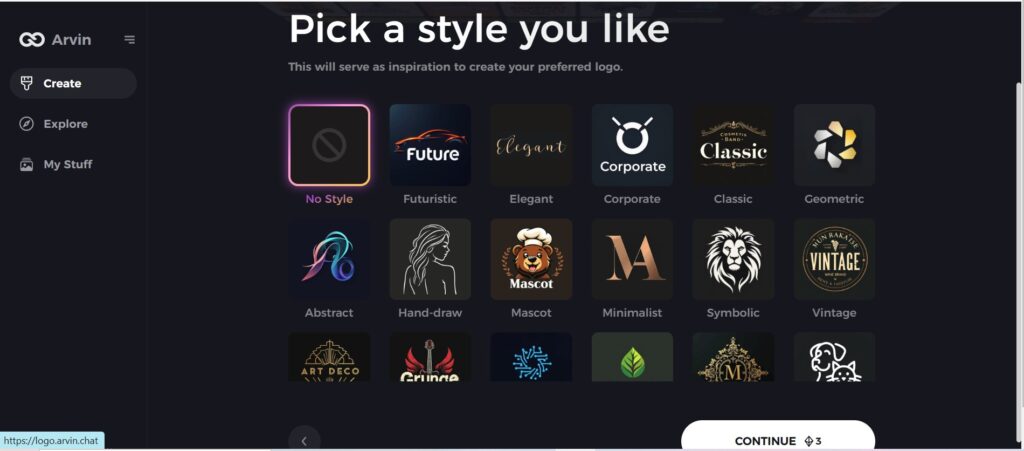
Step 5: Design Personalize through the tools of Arvin AI
After Arvin AI gives create your logo. You can customize those logos with the tools that have elements such as font style, layout, and the positioning of symbols. Experiment on different designs until you like what you see.
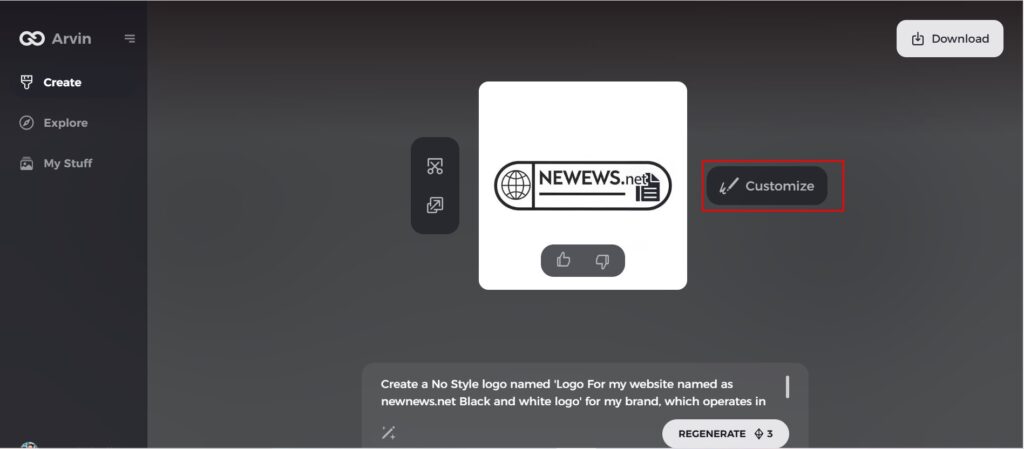
Step 6: Save and download the final logo
Preview the finished logo and save it in a high-resolution format for both print and digital uses.
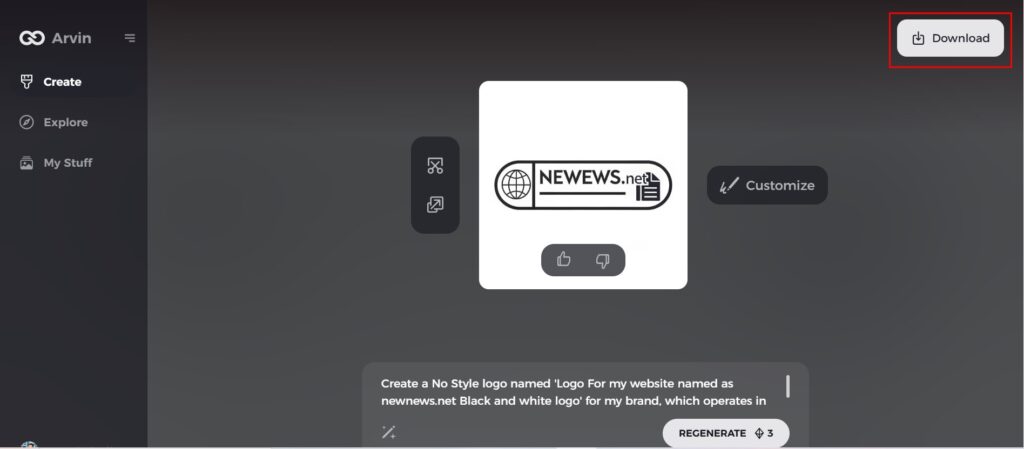
Conclusion
From a rather elaborate, almost old-world looking symbol represent by a Target logo history. Target has evolved, to what can be referred to as its totem, the bullseye because it is a continuous process of branding improvement. When companies do not manage to build sturdy brands. Arvin AI may assist by providing companies with the latest AI tools to come up with productive logo designs. Which might one day penetrate the subliminal surface of people’s minds and ensure the brands’ visibility.
FAQs
Why did Target use a bullseye in its logo?
It speaks to precision, clarity, and focus. Translating this into a retail objective is making sure that customers find what they need with as little hassle as possible. The clean, sharp design of the bullseye communicates the retailer’s orientation toward service and product availability.
What does the Target logo look like over time?
Target logo history has significantly improved its logo design throughout the years. Earlier, it had a very complex combination of multiple rings and additional texts. Now, it uses a simplified, modern bullseye with a mighty, powerful symbol that focuses on the clarity of recognizability yet ensures full impact for consumer sight.
Why is the Target logo so iconic?
The Target logo history is simple, bold red color, and universal symbol. The strong red color really grabs the shopper’s attention. The bullseye symbolizes a focus that really makes the logo pop into people’s minds easily. And remembered by people of different walks of life and places.
What can Arvin AI do with logos?
Arvin AI offers AI-powered design solutions that make designing logos easier for users. Tailing logo options to specific needs and preferences will allow businesses to create professional-looking, impactful logos.

